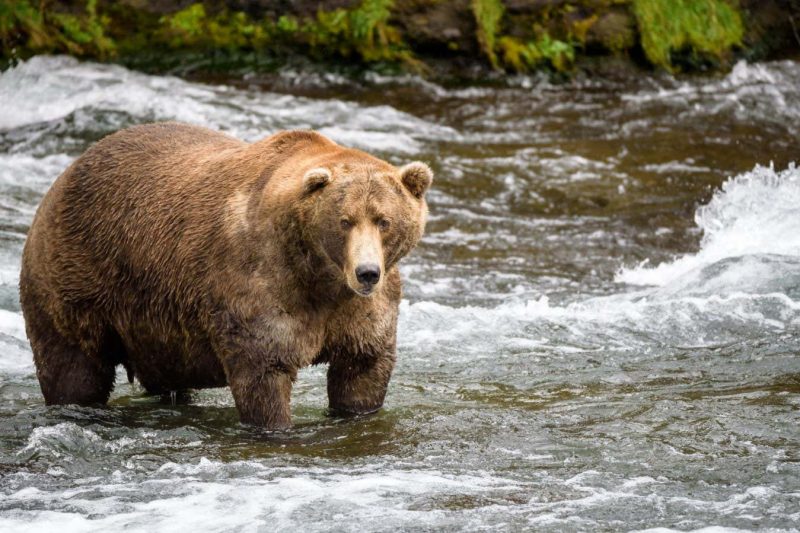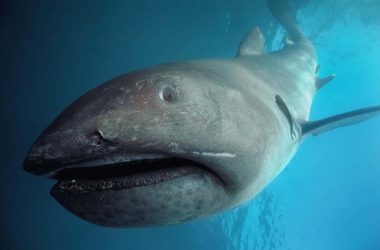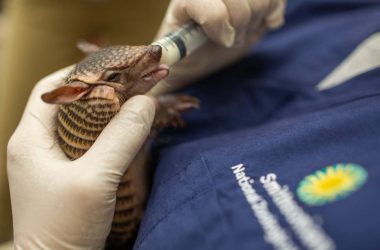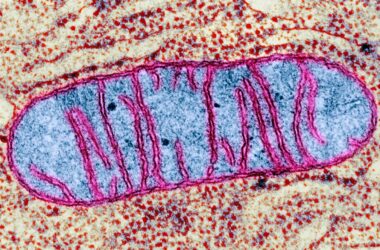Introduction
Every year, the brown bears of Katmai National Park and Preserve in Alaska go through an incredible transformation. In just a few months, they manage to double their weight, thanks to a season of abundant feasting. This annual event, known as Fat Bear Week, has gained popularity due to the efforts of the park’s social media team. Let’s explore the fascinating journey of Alaska’s brown bears during this time.
The Time to Bulk Up
As summer comes to a close in Alaska, brown bears, scientifically known as Ursus arctos, enter a phase called hyperphagia. This period is characterized by intense hunger and is triggered by factors such as shorter days, hormonal shifts, and the arrival of a plentiful supply of salmon. Katmai National Park is home to the annual sockeye salmon migration, which provides a bountiful feast for the bears. Each salmon contains around 4,000 calories, and the largest bears can consume up to 40 salmon in a day, totaling a staggering 160,000 calories. Within a few weeks, male bears can gain up to 230 kilograms and weigh up to 540 kilograms by the time they enter hibernation in late October or early November.
Feasting Extravaganza
To maximize their food intake, brown bears in Katmai gather around Brooks Falls. This spot offers an ideal opportunity for bears to catch salmon as they leap upstream. However, fish is not the only item on the menu. The bears have voracious appetites and are known to eat a variety of foods, including grasses, berries, and even clay, a behavior known as geophagy, which may aid in digestion.
Preparing for Hibernation
Once the bears have satisfied their hunger, the combination of longer nights, cooler temperatures, and the end of the salmon migration signals the time for retreat. They seek shelter in their dens and enter a deep, sleep-like state known as torpor. During torpor, the bears do not eat, drink, or defecate from November through April. Their metabolism and heart rate slow down, and their body temperature drops from 37.7°C to around 31°C. They take only about one breath per minute. While it may seem like hibernation, the bears’ body temperature drop is minimal, and they can awaken for short periods to adjust their position in the den. This state is known as torpor rather than true hibernation.
Emerging Victorious
When spring arrives, the brown bears emerge from their dens, having shed about a third of their body weight. Remarkably, they maintain their muscle mass and bone density throughout this period of fasting. This unique adaptation enhances their chances of survival in the challenging environment of Alaska.
Conclusion
Fat Bear Week is not only a celebration of these magnificent creatures but also a testament to their remarkable ability to adapt and thrive in their natural habitat. The annual transformation of Alaska’s brown bears is a true spectacle of nature.








